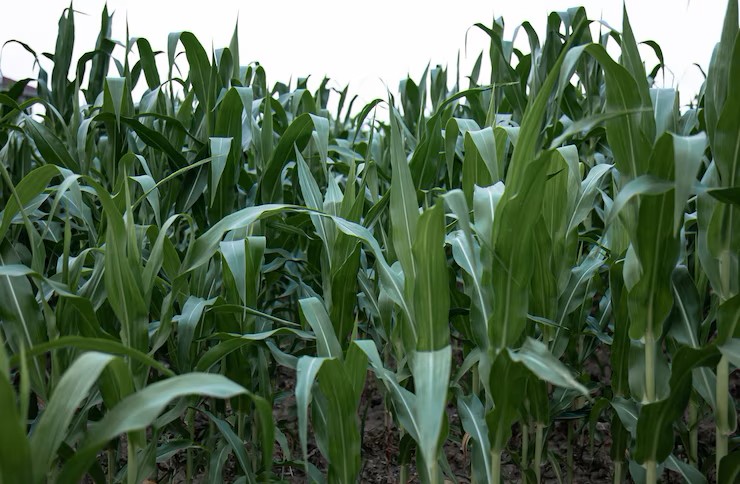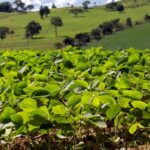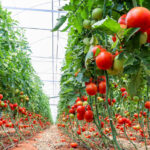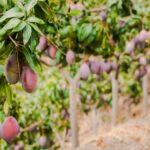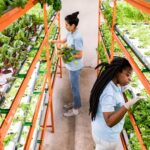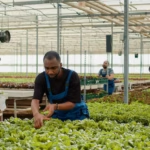Crop rotation is a proven agricultural practice that benefits soil health, boosts yields, and reduces pest pressure. Among the most effective rotations is alternating maize (corn) and soybeans. This article explains how to rotate maize and soybeans properly to improve soil fertility, structure, and overall farm sustainability.
Maize and soybeans complement each other well in crop rotation systems because soybeans, as legumes, fix atmospheric nitrogen through symbiotic bacteria in their roots, enriching the soil naturally. Maize, being a heavy nitrogen feeder, benefits from this added nitrogen, reducing the need for synthetic fertilizers. Rotating these crops also interrupts the life cycles of pests and pathogens that specialize in one crop, helping lower infestations and reducing the need for chemical pesticides. Furthermore, the different root systems of maize and soybeans enhance soil porosity and organic matter content, with soybean roots penetrating deeper and improving soil aeration. The rotation also helps control weeds by changing the weed environment, making it harder for certain species to dominate.
To get the best results, farmers should establish a rotation schedule, commonly planting maize one season followed by soybeans the next. Avoid planting maize or soybeans consecutively to prevent nutrient depletion and pest buildup. Regular soil testing before planting each crop is crucial to determine nutrient needs, especially since maize fields following soybeans typically require less nitrogen fertilizer. Selecting maize and soybean varieties adapted to local climate and soil conditions is important to reduce risks of disease and pests. Incorporating cover crops like clover or ryegrass between cycles protects soil from erosion, suppresses weeds, and adds organic matter. Conservation tillage practices, such as no-till or reduced-till, help maintain soil structure and microbial activity, amplifying the benefits of rotation. Despite rotation, ongoing pest and disease monitoring is necessary, employing integrated pest management strategies like crop scouting and targeted pesticide use only when necessary.
Farmers practicing maize-soybean rotation often observe increased maize yields due to better nitrogen availability, reduced fertilizer and pesticide costs, healthier soils with improved organic matter, and lower weed pressure with less soil erosion. Rotating maize and soybeans is a sustainable farming method that promotes better soil health, higher yields, and reduced input costs. By following a thoughtful rotation schedule, monitoring soil nutrients, and adopting conservation practices, farmers can harness the natural benefits of these crops and secure long-term productivity. Embracing maize and soybean rotation is key to cultivating a healthier soil ecosystem and ensuring profitable harvests season after season.

